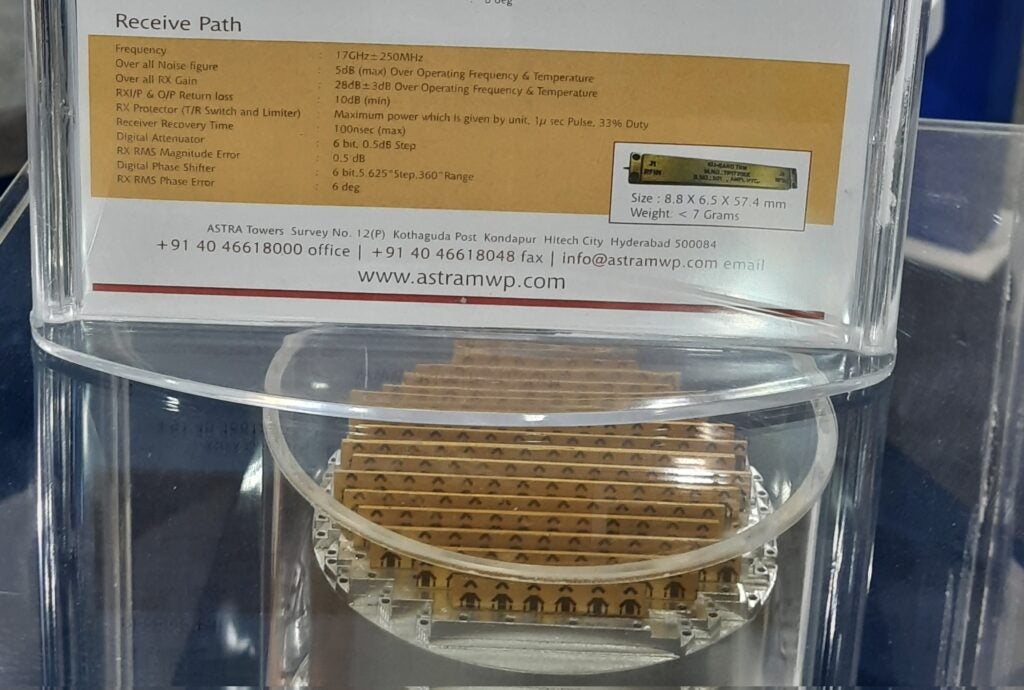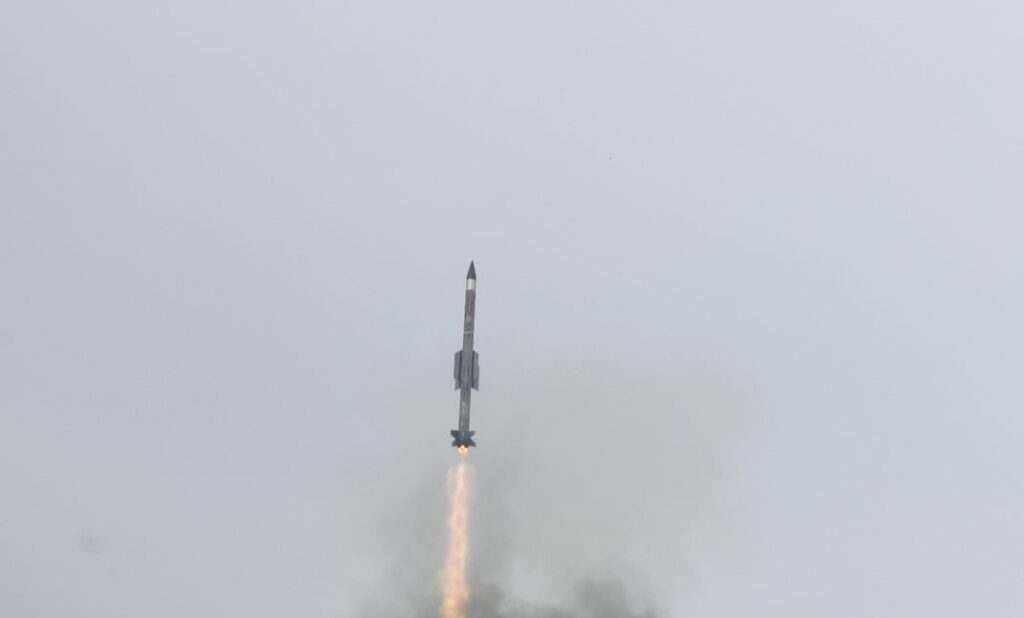DRDO successfully tests VL-SRSAM with a new Ku-Band AESA seeker
The Defence Research and Development Organisation (DRDO) and the Indian Navy successfully tested the Vertical Launched Short Range Surface-to-Air Missile (VL-SRSAM). The test was carried out from the Integrated Test Range (ITR) Chandipur on September 12, 2024, at 1500 IST. The missile was launched from a land-based vertical launcher against a high speed low-flying aerial target. This marks the sixth flight test of VL-SRSAM with the first conducted over three years ago in February 2021. In a press release announcing the success of the test India’s Defence Minister Raksha Mantri Shri Rajnath Singh, praised the teams from the DRDO and Indian Navy for their achievement, stating that “this test reaffirms the reliability and effectiveness of the VL-SRSAM weapon system.”
.The test successfully validated multiple updated elements including, but not limited to, a new proximity fuse and seeker. The missile is a vertically launched version of Indian Air Force’s Astra Mk1 Air-to-Air BVR, modified with a thrust vector control and new electronics. It previously employed the same gimballed active seeker as Astra Mk1, but the missile tested on September 12 features a new Ku-Band AESA seeker. The seeker was tested at Hardware-in-Loop-Simulation tests and successfully demonstrated the detection and tracking of a live target earlier this year.

The new Ku-Band seeker developed by DRDO features 164 Ku-band Transmit and Receive Modules (TRM) packed in a 140mm diameter aperture. It is being produced by Astra Microwave Private Limited (AMP), Hyderabad. AMP is also the manufacturing partner for LRDEs X-Band Uttam AESA radar for Tejas Mk1A featuring 912 X-band TRMs. The instantaneous beam steering provided by the new seeker will help VL-SRSAM to maintain a continuous lock on the target, improving the probability of kill against aircraft and anti-ship missiles.
VL-SRSAM is designed to replace the older series of Barak-1 Point Missile Defence System on Indian Naval Ships and serve as a point defence missile on the Indian Navy’s next-generation series of ships. Cochin Shipyard (CSL) signed a contract with Bharat Electronics for the supply of six sets of X-band Multi-Function Radar (MFR-X) at ₹850 crore ($100 million) on September 11, 2024. MFR-X will act as the fire control radar for VL-SRSAM on the six Next Generation Missile Vessels under construction at CSL.

